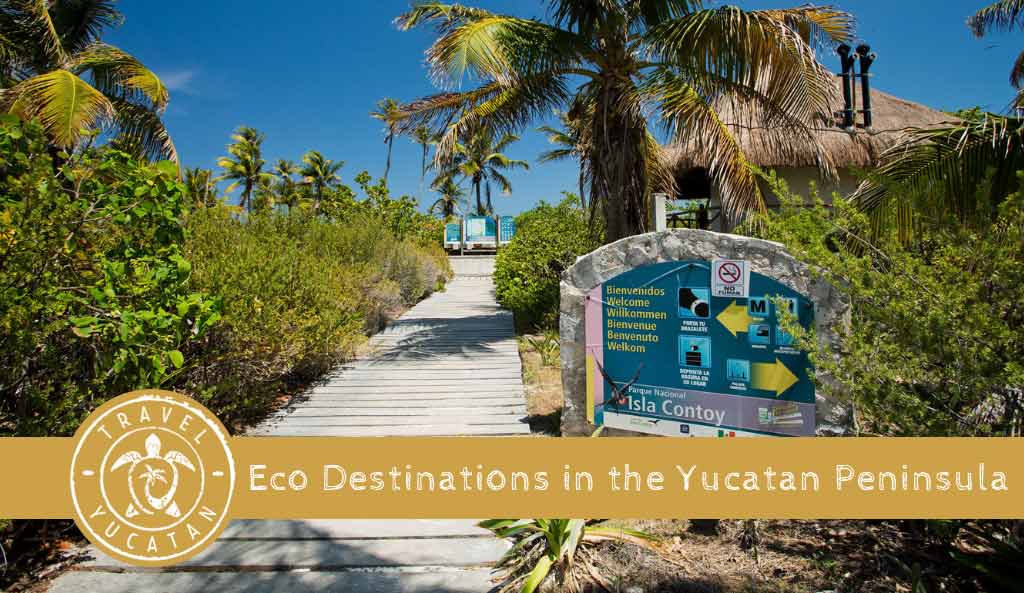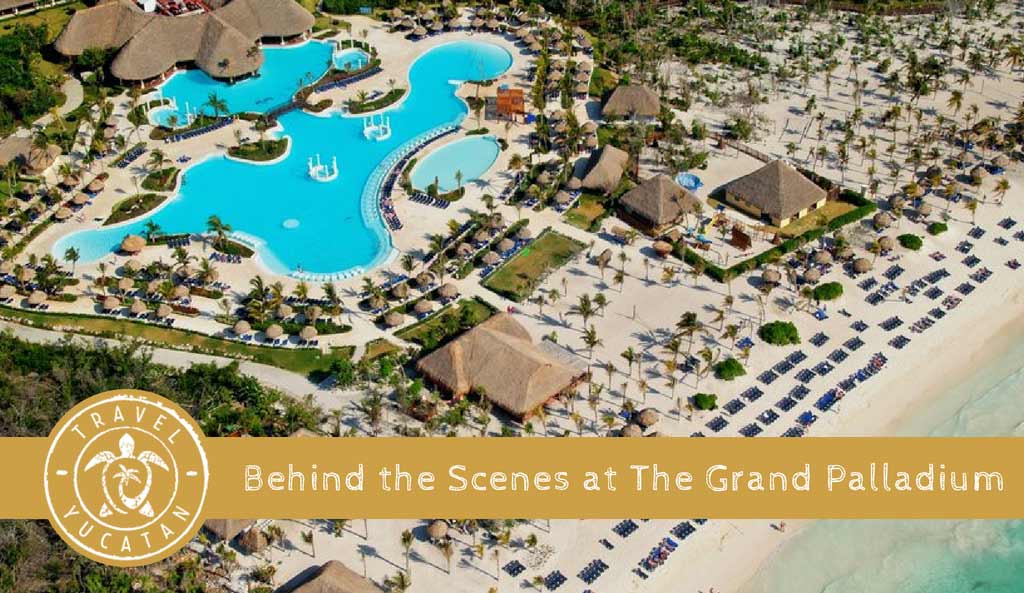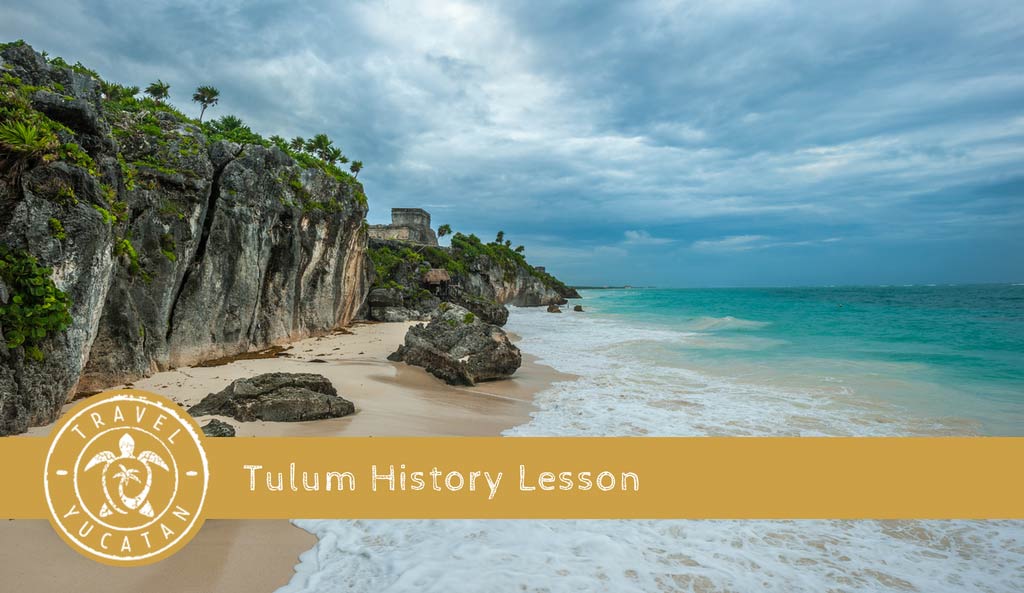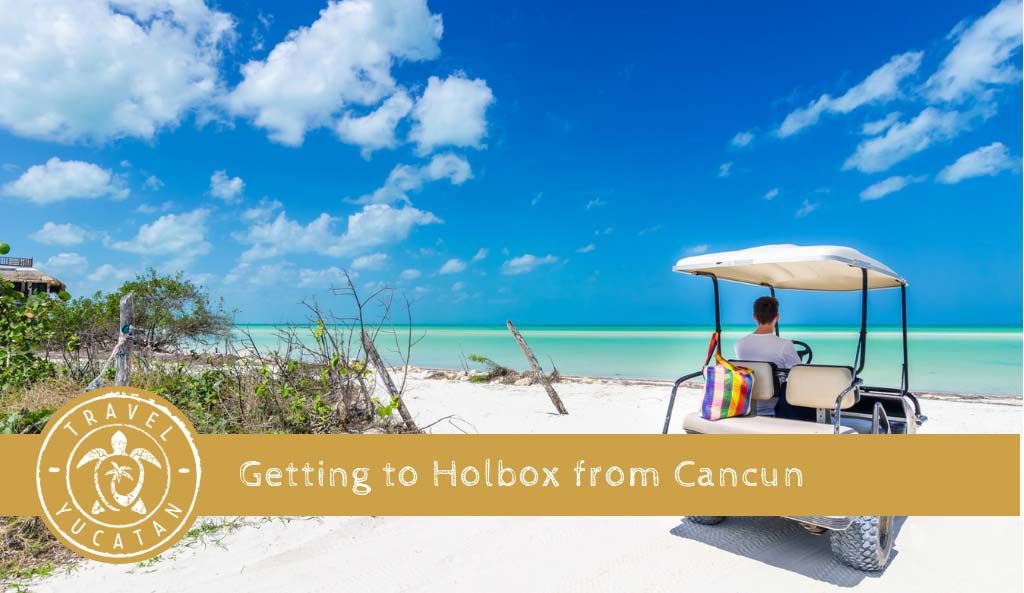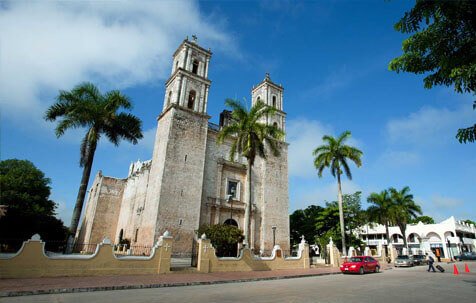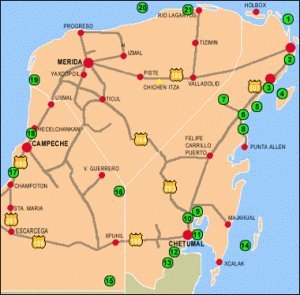
1. Isla Contoy – Quintana Roo
Known as “The Island of the Birds” this four mile long island is a mere 22 yards wide. The 435-acre island is the perfect habitat for more than 60 species of marine birds. It is also a popular spot for the marine turtle.
2. Garrafón; National Park – Quintana Roo —-Near Cancun.
A popular park with swimming at the beach. It was once a great place to snorkel but the coral reef is now dead so the area does not attract the vibrant population of fish it once did.
3. Chankanab Bay National Park – Quintana Roo
Off limits to swimmers. This is a great place for snorkelers who want to explore the amazing coral reef near Cozumal.
4. Isla Cozumel – Quintana Roo
Largest inhabited island in Mexico. Dramatic coral reefs for snorkeling and underwater photography along the 18-mile protected area along the coast.
5. Xel-ha Lagoon National Park – Quintana Roo

Xel-ha is a great place to go snorkeling or swimming. It is a fresh water bay that meets the ocean. Many sea creatures make their home in the bay and its tributaries and a snorkel around the bay will simply blow your mind if you are not an avid diver or snorkel. It is well worth the price of admission and a great place for kids. There are many well-trained lifeguards on duty.
6. Tulum National Park – Quintana Roo
1,640 acres. Ruins on the beach. Located just off of highway 307 about an hours drive from Playa del Carmen.
7. Punta Laguna – Quintana Roo
A small Mayan community of about 50 farmers who have created their own museum. They also have a ruin site which is unrestored and not under the control of INAH. Visitors are encouraged to stop in and learn firsthand about traditional Mayan agricultural methods and life.
8. Sian Ka’an Biosphere Reserve – Quintana Roo
1,304,000 acres along Mexico’s Caribbean coast. A UNESCO World Heritage Site, the Mayan name means “He who is born beneath the sun.” What you’ll find is the best of jungle wildlife stretching over bays, forests, coastal lagoons, reefs, and cenotes. A 110 km barrier reef is off the coast — the second largest in the world. The place is also riddled with more than 23 unrestored Mayan ruins from different epochs.
Notable sites include Chunyaxché, Chancomac, Vigía del Lago Xamach, Tampak and El Platanal. Activities include ecotours, diving, swimming, camping and boating.
Use the city of Chetumal as a departure point for Mayan Adventure and the many natural wonders and historic sites in the area.
9. Laguna Bacalar – Quintana Roo
At Laguna Bacalar you can rent a boat to explore this beautiful lake or fish. You can swim, ski, windsurf, sail and jet ski on this lake known as the Lake of Seven Colours. Lake Bacalar is a 42-kilometer long by 2-kilometer wide lagoon. San Felipe, a fort built in 1729 to protect the area from pirates affords a beautiful view of the lagoon.
10. Cenote Azul – Quintana Roo
Cenote Azul is on the shores of Laguna Bacalar. It is 90 meters deep and the water is so still, you can almost see bottom.
11. Bahia de Chetuma – Quintana Roo
On the Bahia de Chetumal, several excursions can be arranged where you may view manatees, birds and marine creatures. Calderitas is a lovely village at the edge of the bay where it is safe to swim. Calderitas provides a panoramic view of the bay and Tamalcab Island. A ferry crosses the bay from Chetumal to Xcalak. Kayak rides can be organized from Chetumal to enjoy the canals that wind through the mangroves to the lagoons that flow into Chetumal Bay and Lake Bacalar.
12. Cenote del Cocodrilo Dorado – Quintana Roo
Cenote del Cocodrilo Dorado is a mysterious sink hole with cliffs and a bat cave. It is located near La Union. For groups of six to eight people, tours can be arranged where you kayak along the Estero Franco stream which flows into Rio Hondo, have your dinner prepared on site, sleep overnight in a tent, and awaken to the sounds of jungle birds.
13. Rio Hondo – Quintana Roo
Rio Hondo offers adventurers a one day river trip to observe as many as nine different species of heron, turtles and if you are lucky a manatee. The Rio Hondo is the river border between Mexico and Belize.
14. Chinchorro Reef – Quintana Roo
Costa Maya and the Chinchorro Reef are worth spending at least two days visiting. The beaches between Majahual and Xcalak are virgin and natural. Nighttime dive expeditions are available but you will also want to dive in the daytime. Viewing the shipwrecks on the Chinchorro Reef is an unforgettable experience.
15. Calakmul, Biosphere Reserve – Campeche
Translates as “Twin Towers.” 1.8 million jungled acres near the Guatamalan border. Important both for its environment and for its 1000 building archelogical zone that may have been the largest human settlement in Meso-America.
16. Punta Put – Yucatan
Largely inaccessible 5,800,000 acres of jungle wilderness shared by the states of Campeche and Quintana Roo.
17. Teacuterminos Lagoon – Campeche
1,798,895 acres, most of which is water in the river delta. Important tropical ecosystem.
18. Hampolol Wildlife Station – Campeche
Located nine miles from Campeche The station covers a 250-acre area devoted to conservation research and education.
19. Rio Celustun Special Biosphere Reserve – Yucatan
146,050 acres. While you’re here, explore saltponds, fishing villages, and mangrove swamps. This is one of the few areas that supports the reproduction of the pink flamingoes, as well as nurturing other precious species, such as both freshwater and marine turtles, jaguars, boas, and peccaries.
20. Alacranes Reef – Yucatan
78 nautical miles off the Yucatan coast declared a natural reserve in 1994. The reef is comprised of five islands: Isla Desterrada (the largest), Isla Blanca, Isla del Muerto, Isla Pérez and Isla de los Pájaros. Tour boat is the only way to get there.
21. Riacuteo Lagartos – Yucatan
116,090 acres of mangroves, salt marshes and coastal lagoons. Like Rio Celestun the climate and hydraulics of the area comes together to support the pink flamingoes. Activities in the park are centered around research and conservation.
